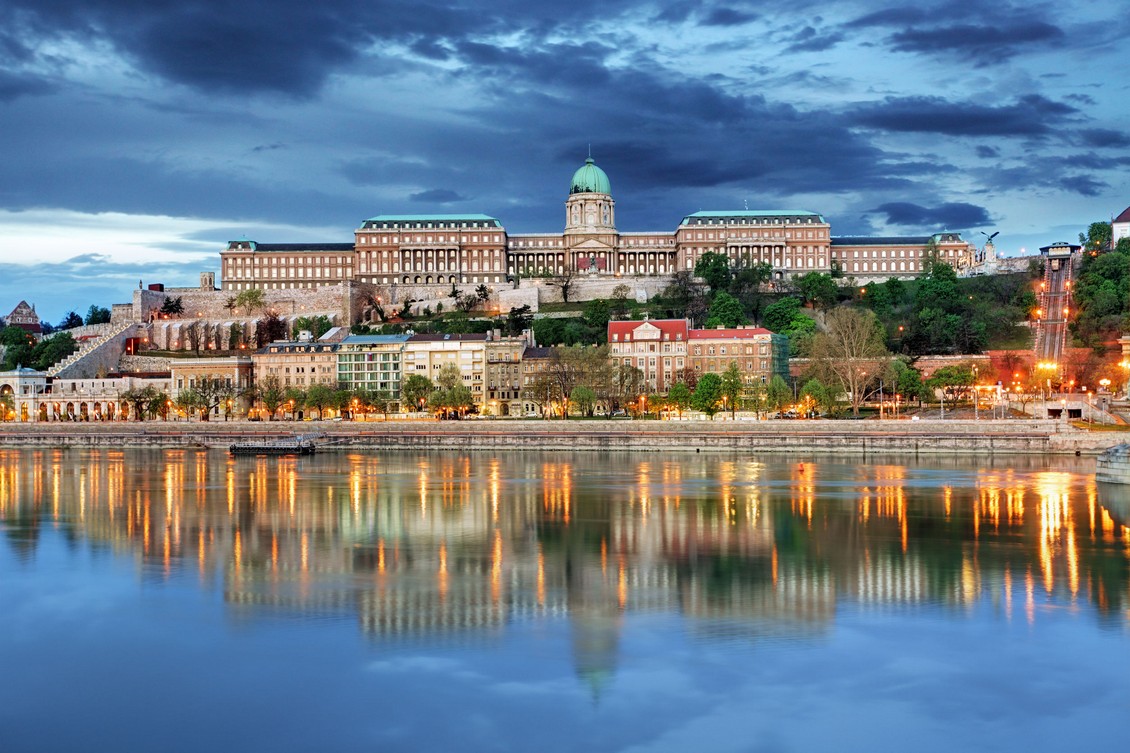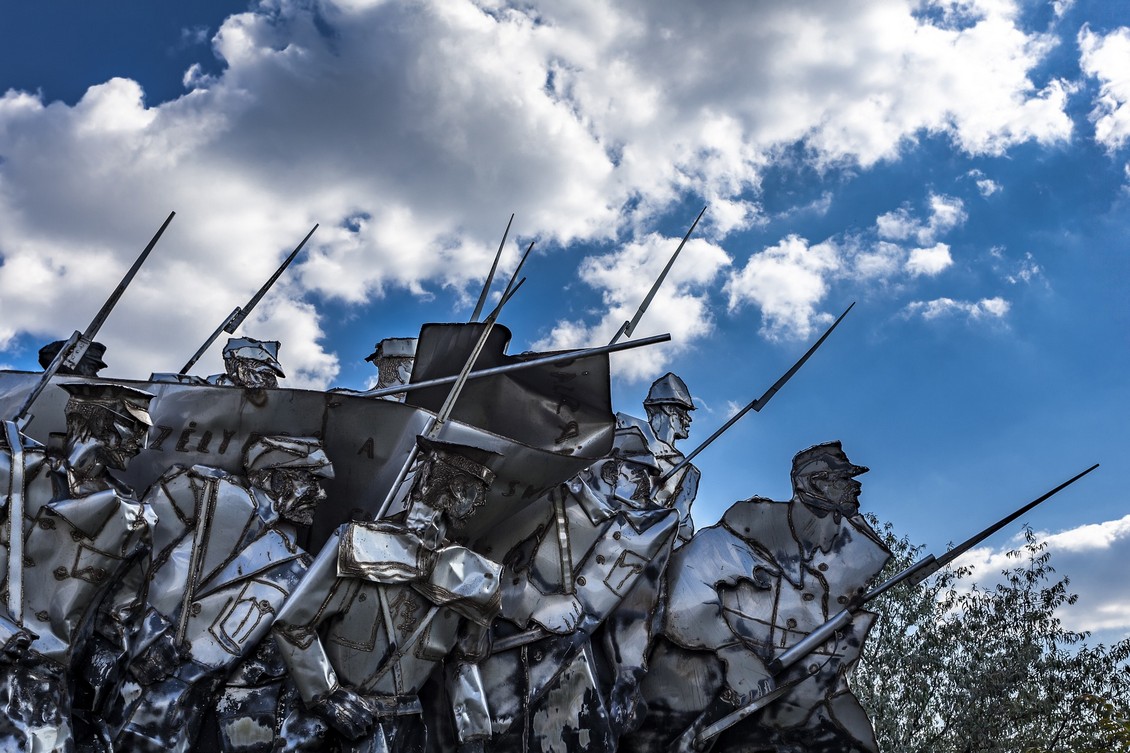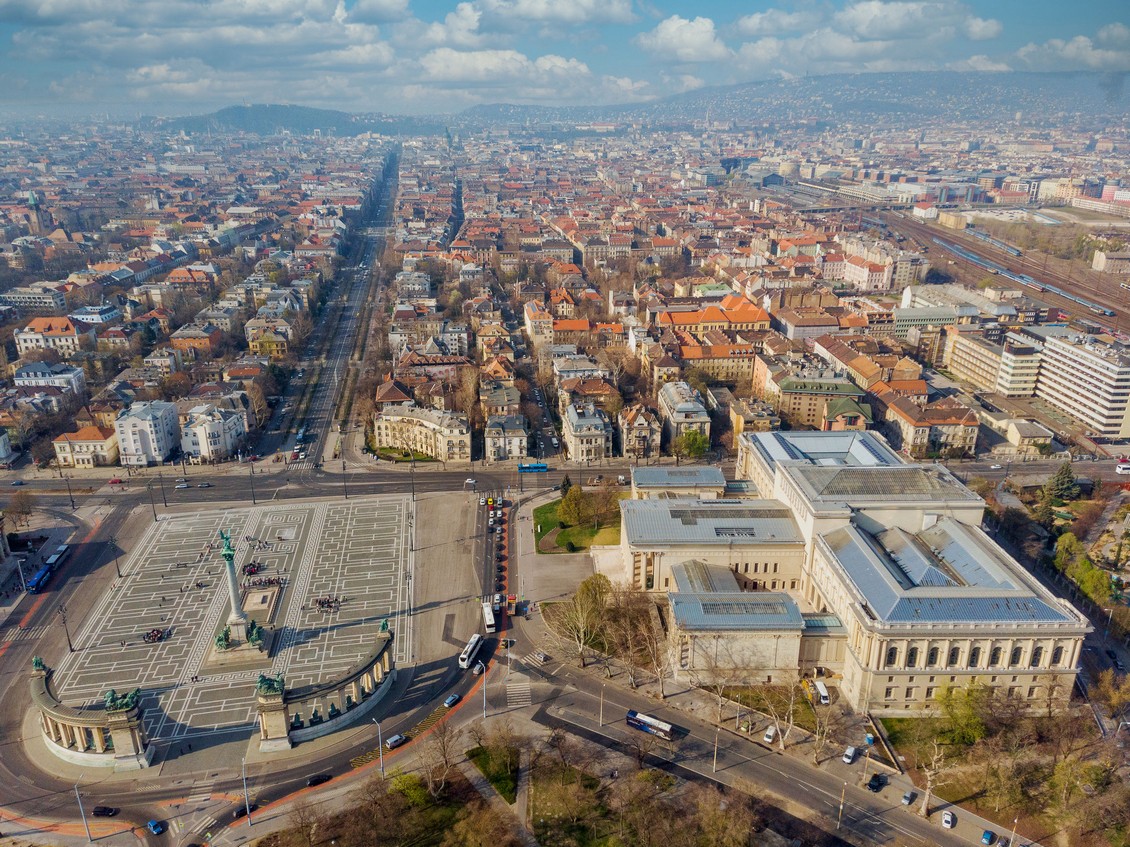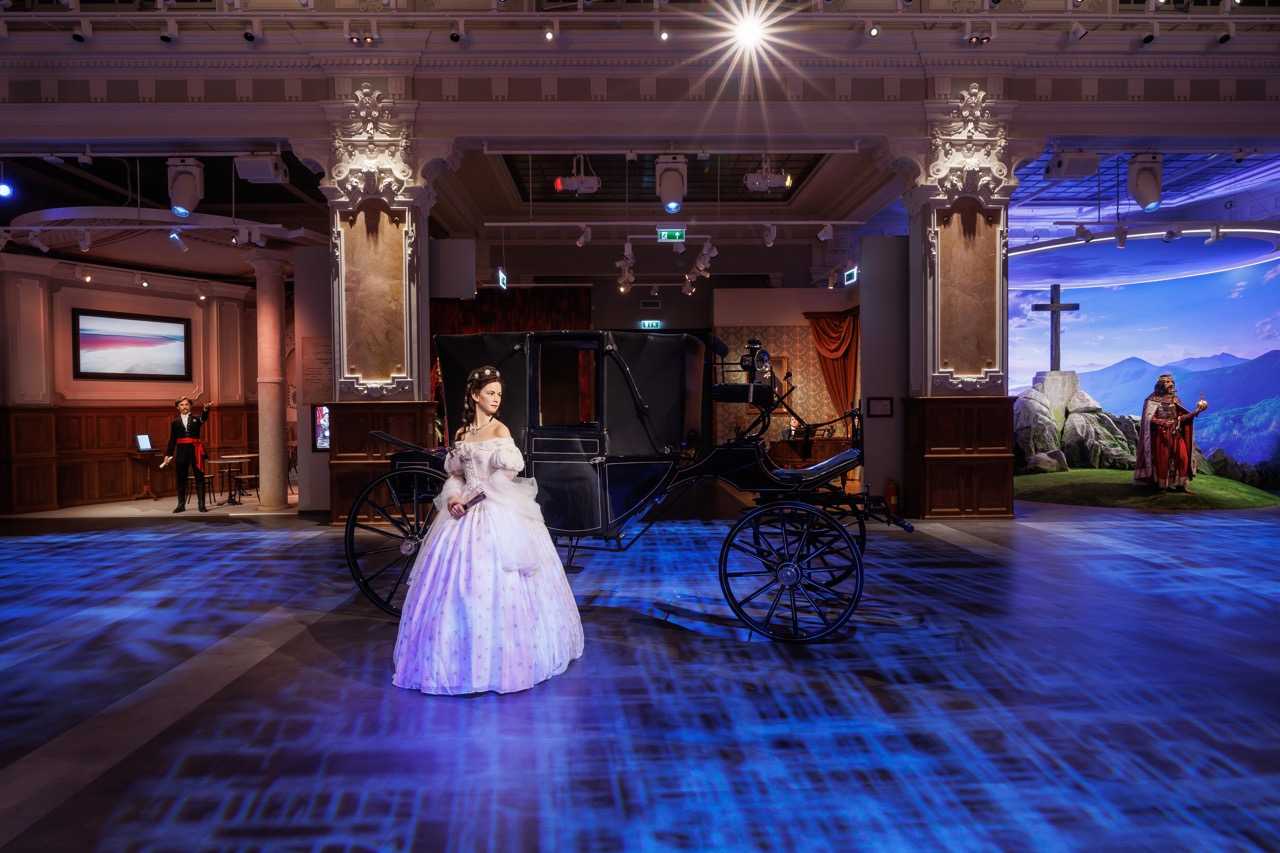Museums
HOSPITAL IN THE ROCK
The Hospital in the Rock Nuclear Bunker Museum is situated beneath the Buda Castle in Budapest. The hospital had a crucial, historical role as an emergency institution during the Second World War and the 1956 revolution. It was upgraded to a nuclear bunker during the Cold War era and classified as top secret until 2002. Nowadays nearly 200 life-like wax figures, along with original furniture and medical equipment from the 1940s and 1950s, help you picture the scenes when this hidden facility treated wounded from the Siege of Budapest in January 1945 and Hungarian Uprising of 1956. The newest section introduces today’s military medicine through the rescue operations of special forces. The museum can be visited with guided tours only. It is not allowed to visit the museum under 6 years, and under 12 years it is not recommended.
HOUSE OF TERROR
House of Terror is located at Andrássy Avenue 60 in Budapest. The builing was once the headquarters for the Hungarian Secret Police and the Arrow Cross party during the two consecutive Communist and Fascist regimes that brutalized Hungary. Today it is a memorial to those who were imprisoned, tortured and killed by these regimes as well as a museum that exhibits the sad and dark history of Hungary over the course of more than four decades. Visitors can read testimonials and view photos of some of the victims, tour the basement prisons and learn about the country’s past and how many fought to eventually free themselves of this tyranny.
HUNGARIAN NATIONAL GALLERY

The Hungarian National Gallery in Buda Castle is the largest public collection in Hungary for documenting and presenting the emergence and evolution of fine arts in the country. Its permanent exhibitions provide a comprehensive survey of the history of Hungarian art, beginning with the foundation of the Kingdom of Hungary, and ranging from the earliest monuments to contemporary works. The museum’s Dome Terrace is a great place to enjoy the breathtaking views over the Pest side of the city and the river Danube. Dome can be visited with the permanent exhibition ticket from Thursday to Sunday during the opening hours depending on weather conditions.
MEMENTO PARK

Situated a few kilometres to the south of Budapest, Memento Park offers visitors a glimpse of the urban-visual culture of Socialist Hungary through a huge collection of original statues and monuments that once dotted the streets of the Hungarian capital. The symbolic pieces of art displayed here, including allegorical monuments to the Hungarian-Soviet Friendship, as well as statues of Lenin, Marx, Béla Kun, and the Liberation Army Soldier are stark reminders of the tyrannous regime. Besides taking selfies with the giant statues, you can also learn about the 1956 revolution and the fall of communism in 1989, and even sit behind the wheel of a classic Trabant.
MUSEUM OF FINE ARTS

What the Prado is in Madrid, the Louvre in Paris, the Hermitage in St. Petersburg, the National Gallery in London, the Museum of Fine Arts is in Budapest. The periodic and permanent exhibitions of the museum are both world famous. Its building neighbors Budapest’s largest park, the zoo and Széchenyi Thermal Bath, and borders Heroes’ Square which is a world heritage site. In contrast to the above listed large galleries, the private collection of the wealthy Hungarian noble family Esterházy provides the basis for the fine art collection at the Museum of Fine Arts and not imperial or royal estates. The paintings, drawings and engravings in this collection were purchased by the Hungarian state in 1870. The exhibition material has been significantly expanded since and is now considered the largest collection in Central Europe. The exhibited artists include Leonardo, Raffaello, Titian, Dürer, El Greco, Velázquez, Rubens, Rembrandt, Van Dyck, Tiepolo, Goya, Manet, Monet, Toulouse-Lautrec, Renoir and Cézanne.
Madame Tussauds Budapest

Madame Tussauds Budapest offers a unique opportunity to meet lifelike wax figures of famous personalities from history, entertainment, and sports. You can pose for photos with your favorite celebrities and learn interesting facts about their lives. Enjoy a fun and interactive experience suitable for all ages in this iconic museum. Enter the world of unforgettable experiences, wonderful encounters and iconic moments!.





